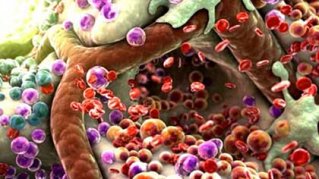Remarks For Temporary Storage Of Scanwords

The basic layout of computer parts and the connection between them are called architecture. The computer architecture describes the composition of its component, the principles of its interaction, and their functions and characteristics.
Virtually all universal computers reflect the classic neuman architecture presented in the scheme. This scheme is very common for both micro-EVM and mini-EVM and general-purpose computers.
Rhys. 1 Personal computer architecture
Let's see the devices more detailed.
The majority of the system fee, a microprocessor (MP) or CPU (Central Processing Unit), manages the work of all PK units and a programme describing the algorithm of the task. MP has a complex structure electronic logical schemes. Its component can be distinguished by:
A). ALU is the arithmetic and logical device intended to carry out arithmetic and logical transactions of data and memory addresses;
B). Registers or microprocessory memory - super-operative memory working at the speed of the processor - ALU works with them;
B). UO - control device - managing all IP knots by designing and transferring to other parts of the IP control impulses from the quartz tactical generator, which begins to vibrate at constant frequency (100 MHz, 200-400 MHz) when the PK is activated. These fluctuations and the speed of the entire system fee;
G). The interruption system is a special registry describing the status of the IP, allowing the interruption of the work of the IP at any time for the immediate processing of a given request, or in turn setting it up; after processing the request, the PPM shall ensure that the interrupted process is restored;
D). The common tyre control device is an interface system.
A mathematical co-processor who serves to expand the recruitment of MPs may be added to enhance the capacity of PCs and enhance the functionality of the microprocessor. For example, the IBM-to-joint PK co-processor empowers the IP for floating calculations; the co-processor in local networks (LAN-processor) expands the IP functions in local networks.
Processor characteristics:
Speed (productivity, tactical frequency) - number of transactions per second.
Difference is the maximum number of binary grades over which a machine operation can be performed simultaneously.









